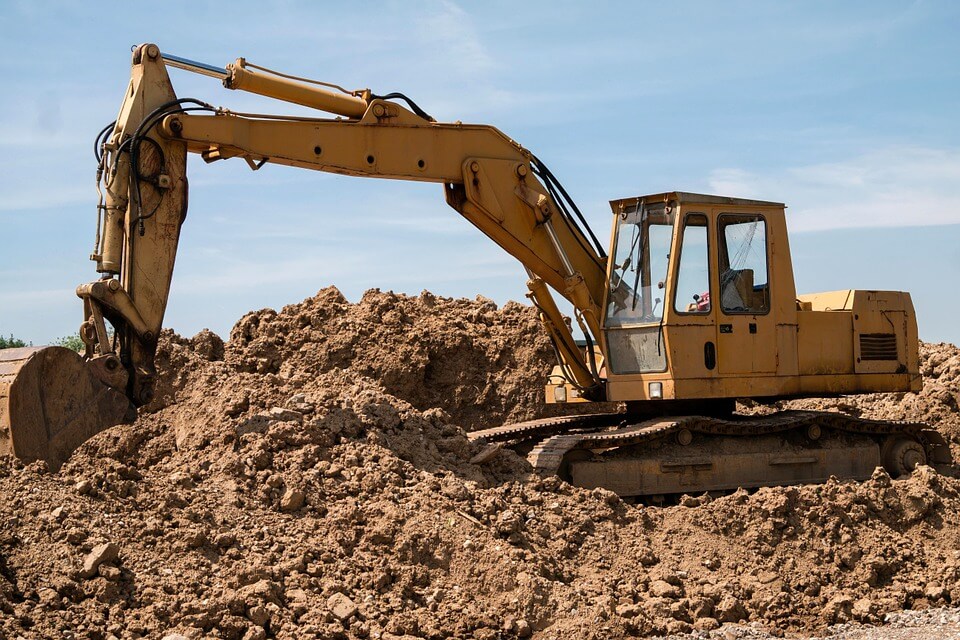What Does
Trenching Mean?
Trenching is a construction method that involves digging a narrow trench in the ground for the installation, maintenance, or inspection of pipelines, conduits, or cables.
According to the Occupational Safety and Health Administration (OSHA), excavations are designated as trenches when they are deeper than they are wide, not exceeding 15 feet (4.5 meters) in width. Trenching is considered to be among the most hazardous construction activities as it can involve dangers such as cave-ins, falls, hazardous atmosphere, and heavy machinery-related accidents.
Trenchlesspedia Explains Trenching

History of Trenching
Trenching was used by the Romans for installing indoor plumbing by a system of aqueducts and pipes terminating at homes, public wells, and fountains. The Empire’s builders also had to protect their water supply system while ensuring that it reached its destination. In order to do this, they dug trenches, installed pipes and backfilled them, burying the pipes underground out of reach of potential enemy attack. This type of cut-and-cover method is still in use.
Pros of Trenching
Municipalities are accustomed to the traditional trenching process and are equipped with the appropriate equipment. Even though many municipalities have begun using the less disruptive and more cost-effective method of trenchless construction and rehabilitation, the situation still arises where trenching is inevitable.
For example, where pipe deflection has damaged the pipes, trenchless rehabilitation methods may not work and trenching may have to be done in the affected area to rectify the problem. Line belly is one such problem where a sag develops in the sewer pipe. The only way to remedy a line belly is to excavate using the conventional trenching method, remove and completely replace the pipe after providing adequate slope and proper bedding.
Cons of Trenching
Digging trenches for pipeline installation requires the use of heavy machinery and heavy vehicles such as dump trucks that require a lot of fuel and leave a huge carbon footprint. Trenching also requires a backfill that uses additional use of vehicles and machinery.
It also causes a lot of surface disruption and obstruction to people and vehicle movement. Even the narrowest trenches present danger of falls and injury.
Semi-trenchless Technique
Trenchers are used for digging trenches and laying cables, conduits, or pipes of diameter up to 63 mm and at a depth up to 1.5 m. The pipe express method is a semi-trenchless method that is used for the near-surface installation of pipelines of lengths up to 1000 meters and diameters from 800 mm to 1500 mm.
The pipe express method combines the use of the tunnel boring machine (TBM) and a compact trenching unit. This method consumes about 70% lesser ground space than open trenching, and the entire process is remote controlled and guided by a trained operator.